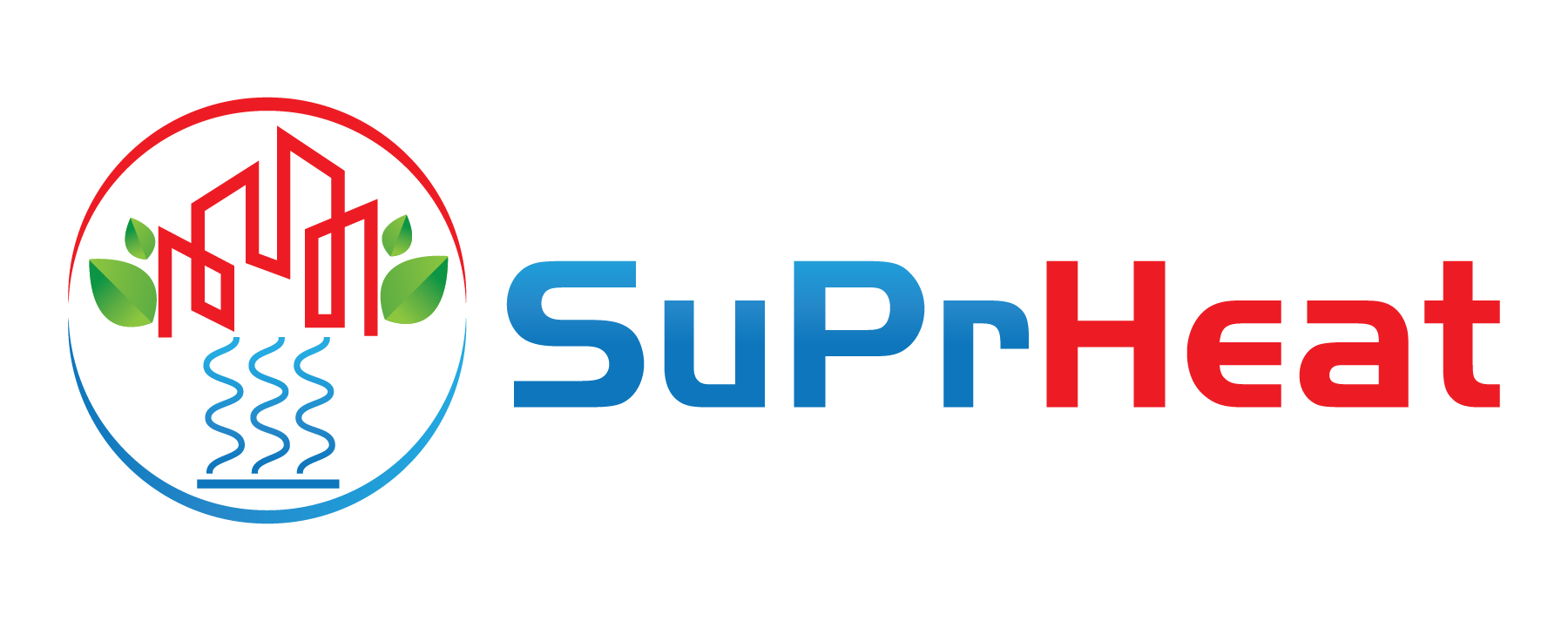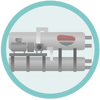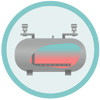
Heat pump-based steam systems
High-temperature heat pumps as an efficient way to electrify process heat.
With the green transition, high-temperature heat pumps offer an efficient way to electrify
process heat. The use of this technology in steam systems will, however, have to be studied
in detail as the design of steam systems will have to adapt to this new technology.
Since, the efficiency is closely correlated to the temperature at which heat pumps deliver
heat, lower steam temperatures are a must for a correct integration of this technology.
|
|
1. The steam is produced at the lowest possible |
|
|
2. The operation is not as sensitive to sudden |
|
|
3. With a lower pressure on the steam system, |
|
|
4. The heat exchanger may have to be replaced |
|
|
5. The lower steam pressure will cause stall |
|
|
6. As the temperature of the condensate is lower, |
Download poster
From boiler-based to Heat-Pump-based Industrial Steam Systems
Read more
Read about traditional steam systems and the electrification of industrial steam systems.






